History Chocolate Edition
The history of chocolate began in Southern Mexico or formally known as Mesoamerica. Fermented beverages made from chocolate date back to 450 BC. The Aztecs believed that cacao seeds were the gift of Quetzalcoatl, the god of wisdom, and the seeds once had so much value that they were used as a form of currency. Originally prepared only as a drink, chocolate was served as a bitter liquid, mixed with spices or corn puree. It was believed to be an aphrodisiac and to give the drinker strength. Today, such drinks are also known as “Chilate” and are made by locals in the South of Mexico. After its arrival to Europe in the sixteenth century, sugar was added to it and it became popular throughout society, first among the ruling classes and then among the common people. In the 20th century, chocolate was considered essential in the rations of United States soldiers during the war.
The word “chocolate” comes from the Classical Nahuatl word Xocolātl, and entered the English language from the Spanish language.
Europe

Until the 16th century, the cacao tree was wholly unknown to Europeans.
Christopher Columbus encountered the cacao bean on his fourth mission to the Americas on August 15, 1502, when he and his crew seized a large native canoe that proved to contain among other goods for trade, cacao beans. His son Ferdinand commented that the natives greatly valued the beans, which he termed almonds, “for when they were brought on board ship together with their goods, I observed that when any of these almonds fell, they all stooped to pick it up, as if an eye had fallen.” But while Columbus took cacao beans with him back to Spain, it made no impact until Spanish friars introduced chocolate to the Spanish court.

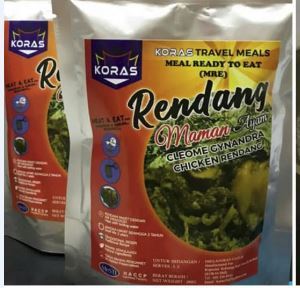















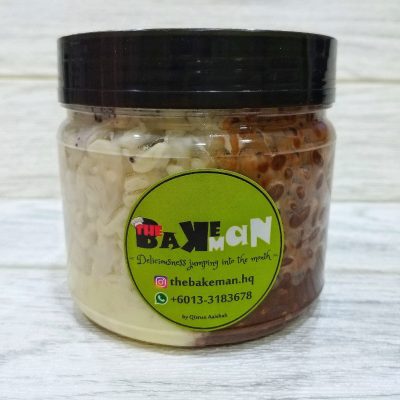
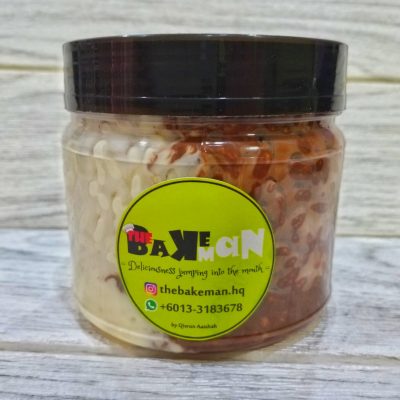



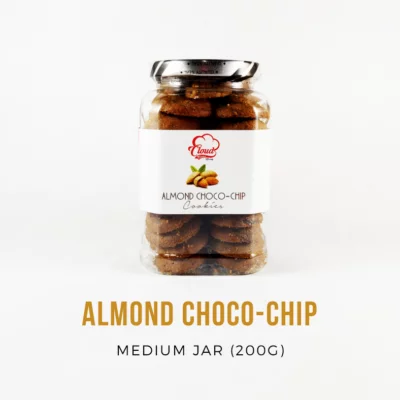

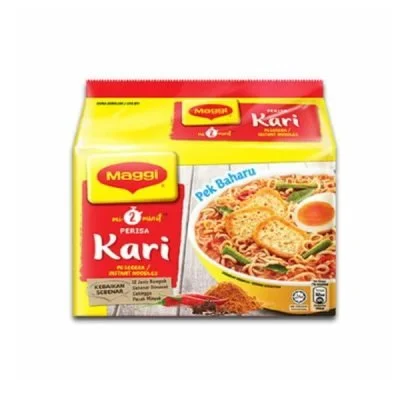




Reviews
There are no reviews yet